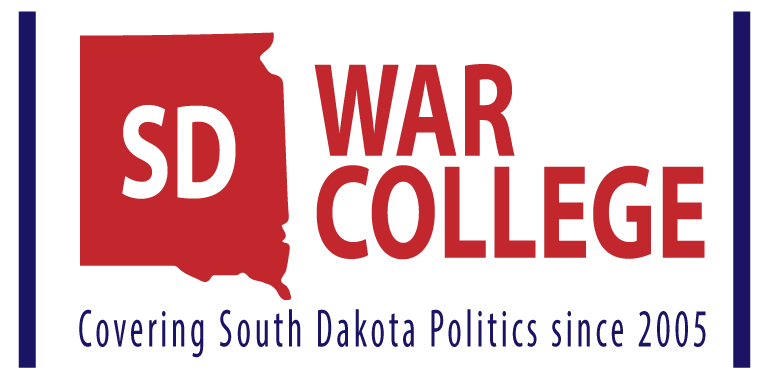Do you ever wonder if there’s political candidates out there who are simply so obtuse, they just don’t “get it?”

In watching the hapless campaign of Congressional hopeful Paula Hawks, it just seems as if the depth of knowledge she has about Congress is lacking, and she simply does not understand the mechanisms by which it operates.
Case in point is her latest fundraising/campaign ploy where she is trying to make hay over Congresswoman Noem accepting a seat on the House Ways and Means Committee. As she stated in a recent story in the Sioux Falls Argus Leader:
Hawks said she’d like to ask Noem about her silence on South Dakota’s conversation about expanding Medicaid and on her leaving the House Committee on Agriculture. The Democrat told dozens of supporters at a town hall meeting Thursday that she’d make sure she and Noem get to have a public dialogue.
Read that here.
 So, let me understand this; After Ag Committee member Congresswoman Noem had a seat at the table to push through the first farm bill since 2008, and moved a reluctant House GOP Caucus to accept and pass the farm bill, her leadership was recognized and she was given a seat on Ways & Means, the most powerful committee in Congress .
So, let me understand this; After Ag Committee member Congresswoman Noem had a seat at the table to push through the first farm bill since 2008, and moved a reluctant House GOP Caucus to accept and pass the farm bill, her leadership was recognized and she was given a seat on Ways & Means, the most powerful committee in Congress .
And so, now, Paula Hawks wants to know why she didn’t stay on the Ag committee? I can’t help but think that Hawks seems a bit thick in the head.
If you’re not familiar with the Ways and Means Committee:
Because of its wide jurisdiction, Ways and Means has always been one of the most important committees with respect to impact on policy. … it is seen as a valuable post for two reasons. First, since its range is so broad, members with a wide array of policy concerns often seek positions, simply to be able to influence policy decisions. Some recent major issues that have gone through this committee include welfare reform, a Medicare prescription drug benefit, Social Security reform, George W. Bush’s tax cuts, and trade agreements including the North American Free Trade Agreement (NAFTA) and the Central America Free Trade Agreement (CAFTA).
Read that here.
I’m guessing either Paula Hawks doesn’t think tax policy, tax cuts, trade agreements, Social Security reform, and Medicare prescription drug benefits are important, or she hasn’t bothered to do one iota of research of what Noem is doing on the committee. Because she’s kvetching about Noem moving up from the committee where she already accomplished her #1 goal – passing a farm bill.
If we’re looking at it in terms of the State legislature – where Hawks’ mind seems to be stuck – it’s like moving up from the state Ag Committee to the State Affairs committee. One is topically important, but the other can deal with whatever it wants to, because it looks at everything. (Noem also sits on the United States House Ways and Means Subcommittees on Select Revenue Measures, and Human Resources.)
You might consider that a key difference between the candidates.
Hawks’ lack of knowledge about the basic processes of our Congress has her focusing on things that aren’t important. It showed in the haphazard way that her campaign rolled out, and continues to dog her in lacking a grasp of the issues that affect the office, as she continues to talk about state issues such as Medicaid expansion, something that’s not part of the Congressional race, no matter how hard she might try to make it part of the conversation.
In other words, you can’t help but wonder if she just doesn’t get it.
Contrast that with Noem – who took her role in Congress seriously, did the best job she could with her position in delivering a solid win for Agriculture, and was promoted by her peers for her exceptional work.
There’s a clear difference between the candidates for the office of Congress. And unfortunately, one is choosing to spend her time showing how she isn’t ready for it.




 So, let me understand this; After Ag Committee member Congresswoman Noem had a seat at the table to push through the first farm bill since 2008, and moved a reluctant House GOP Caucus to accept and pass the farm bill, her leadership was recognized and she was given a seat on Ways & Means, the most powerful committee in Congress .
So, let me understand this; After Ag Committee member Congresswoman Noem had a seat at the table to push through the first farm bill since 2008, and moved a reluctant House GOP Caucus to accept and pass the farm bill, her leadership was recognized and she was given a seat on Ways & Means, the most powerful committee in Congress . 



 Let Me Know What You Think
Let Me Know What You Think